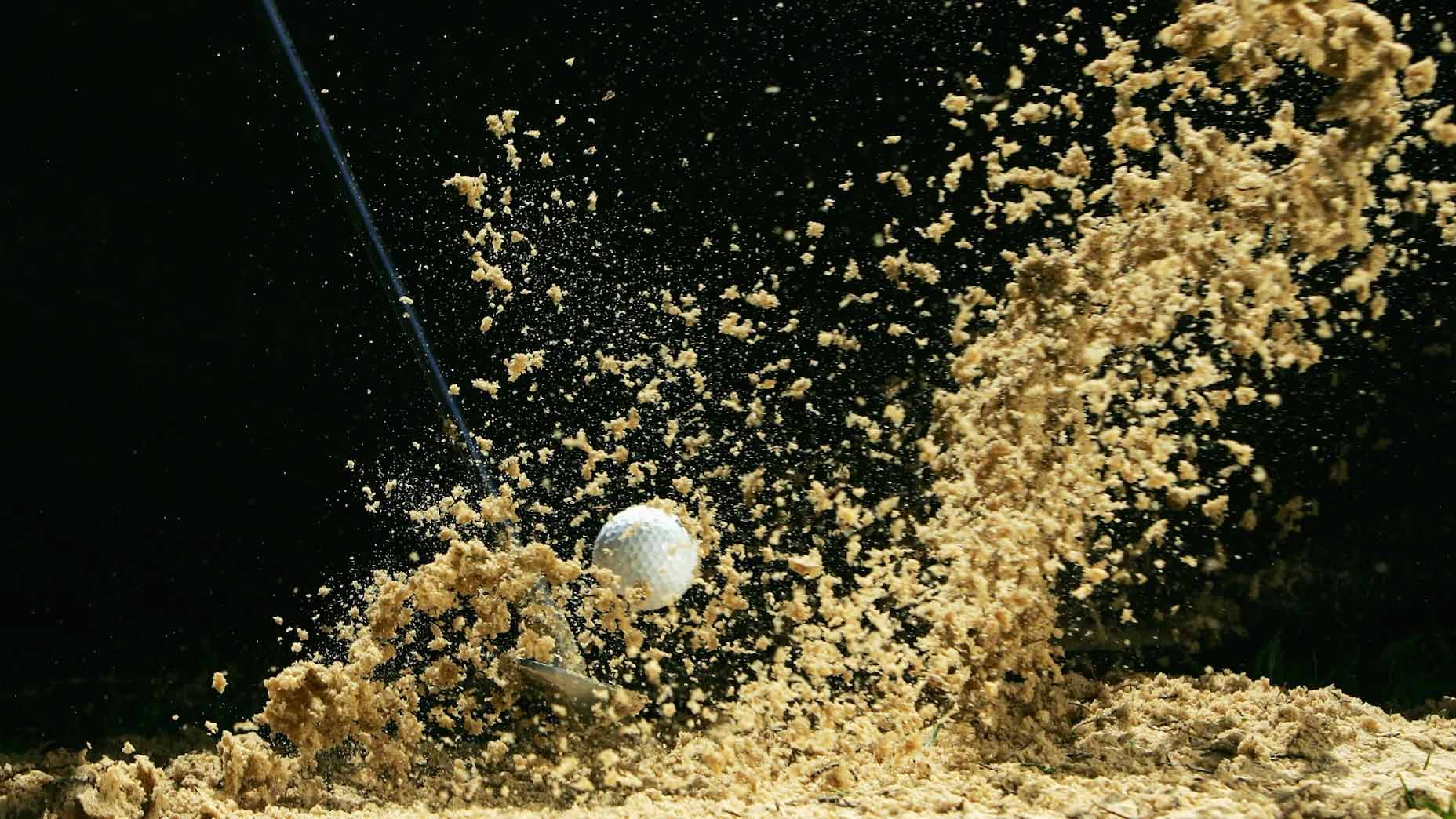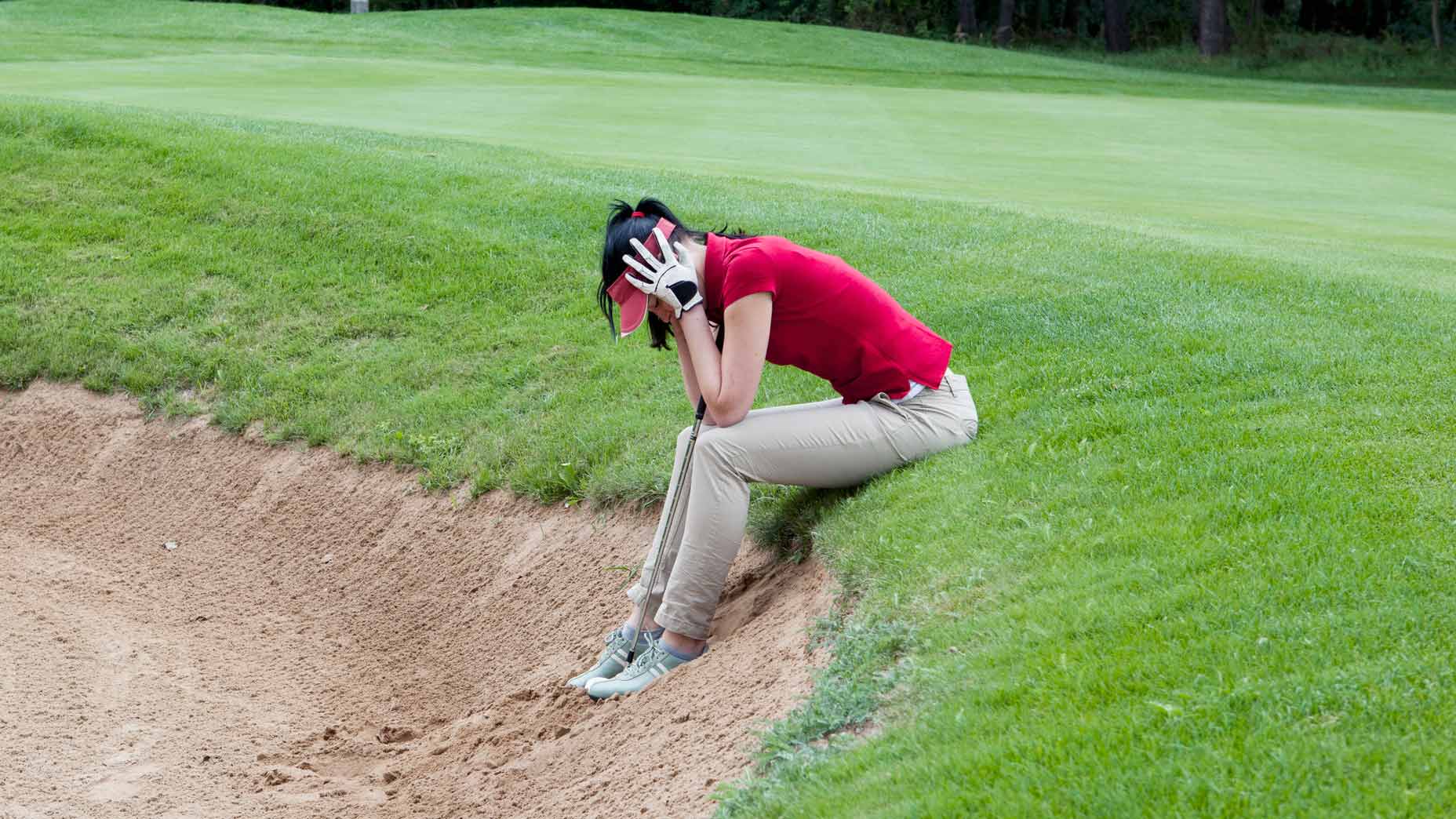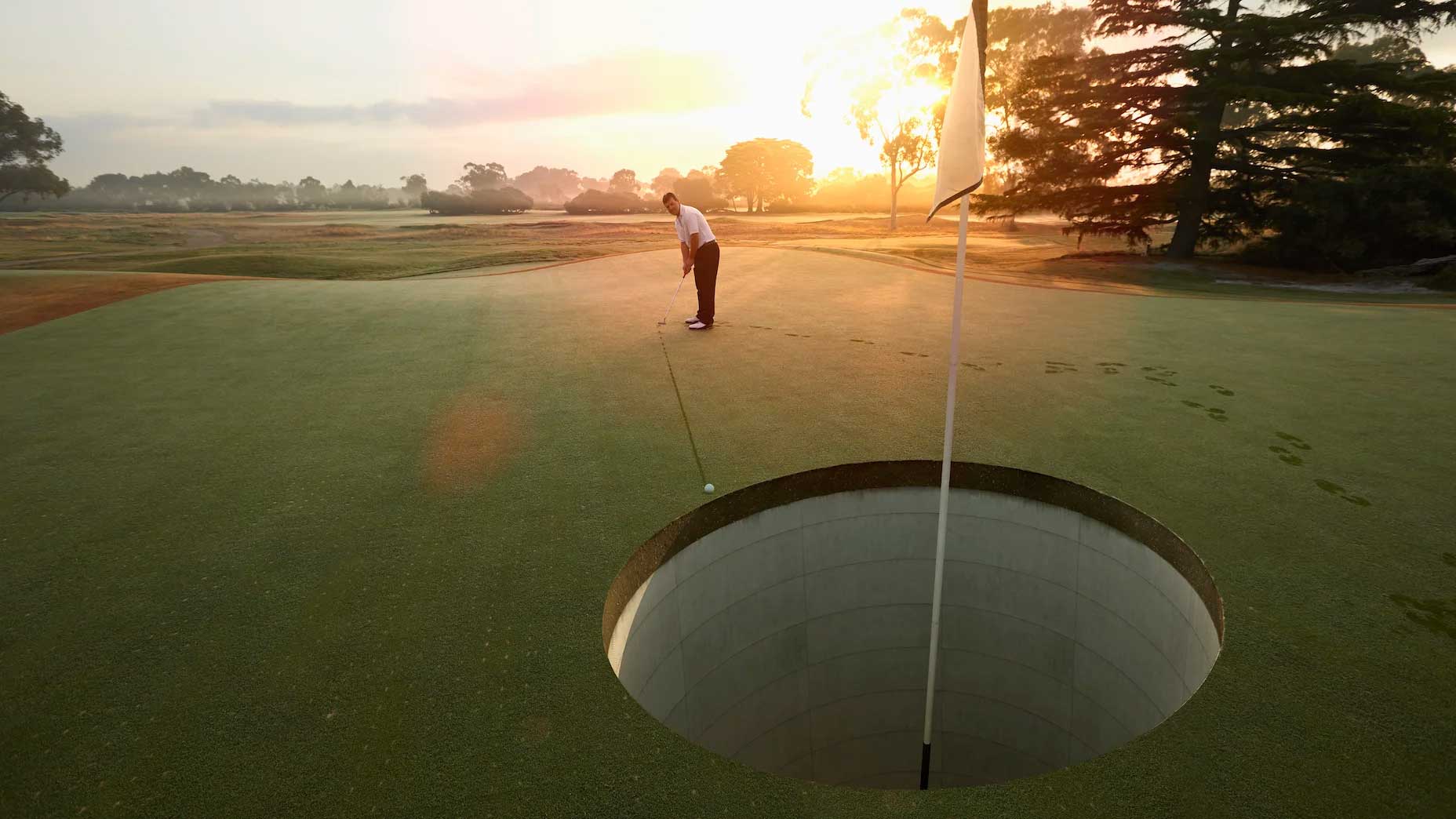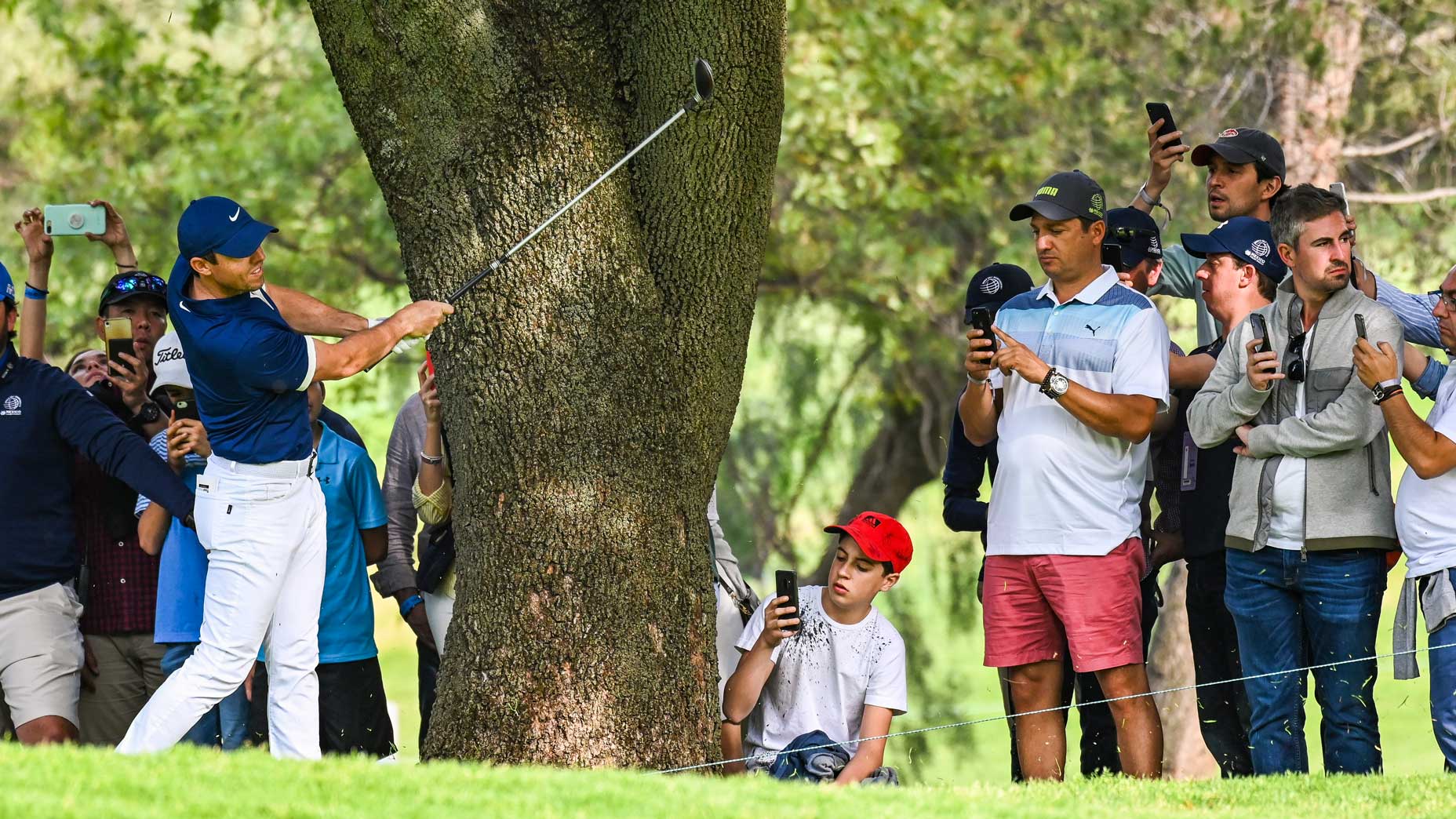10 tips to improve your on-course decision making

GOLF Top 100 Teacher Kellie Stenzel is here with some tips to help you make better decisions..
GOLF Magazine
There is a false idea among many golfers, who think that good golfers hit the ball perfectly almost all the time.
They don’t.
What they do do is manage risk well. They know how to avoid blow-up holes. They make mistakes and miss shots, but they know how to survive these errors.
Here’s how:

1. Smart angles on tee shots
When you walk to the tee box to place your tee in the ground, use this as a moment to plan your next shots. Find a better angle off the tee, and you can end with a better look at the green.
If you hit the ball left-to-right (fade), teeing up on the right side of the tee box will help you aim left and give you more fairway to work with.
If you tend to hit draws, aiming on the left side of the tee and aiming right will do the opposite.
2. Have a go-to fairway wood
When you are in the fairway and the green is out of reach, using your longest fairway wood isn’t always your best choice.
Choosing a fairway wood that you trust the most is often a great decision, as you’ll be more consistent with it, and leave your next shot in a comparably good spot.
I trust my 7-wood the most, so if I’m trying to build confidence, I may choose this club to build some momentum.

3. Know your carry yardages
One of the most important decisions you can make when playing is knowing when to try to go over the water, and when to lay up.
Improving your decision making during these moments is knowing which of your clubs you launch the highest, and the carry distances for each.
I gave a lesson today to a senior student whose longest carry distance was 130 yards. The ball would land a roll another 20 or 30 yards after that, but knowing that the ball would carry 130 yards is the difference between hitting the ball in the water, and clearing it.
4. When in doubt, club up
It’s so nice when the distance to your target matches the distance you hit your clubs exactly. But what do you do when it doesn’t?
Asking yourself one simple question can help you make the right decision: Is it better to be long or short?
Of the many courses that I play or where I teach, most of the trouble is short of the green. An extra club is often the better choice.
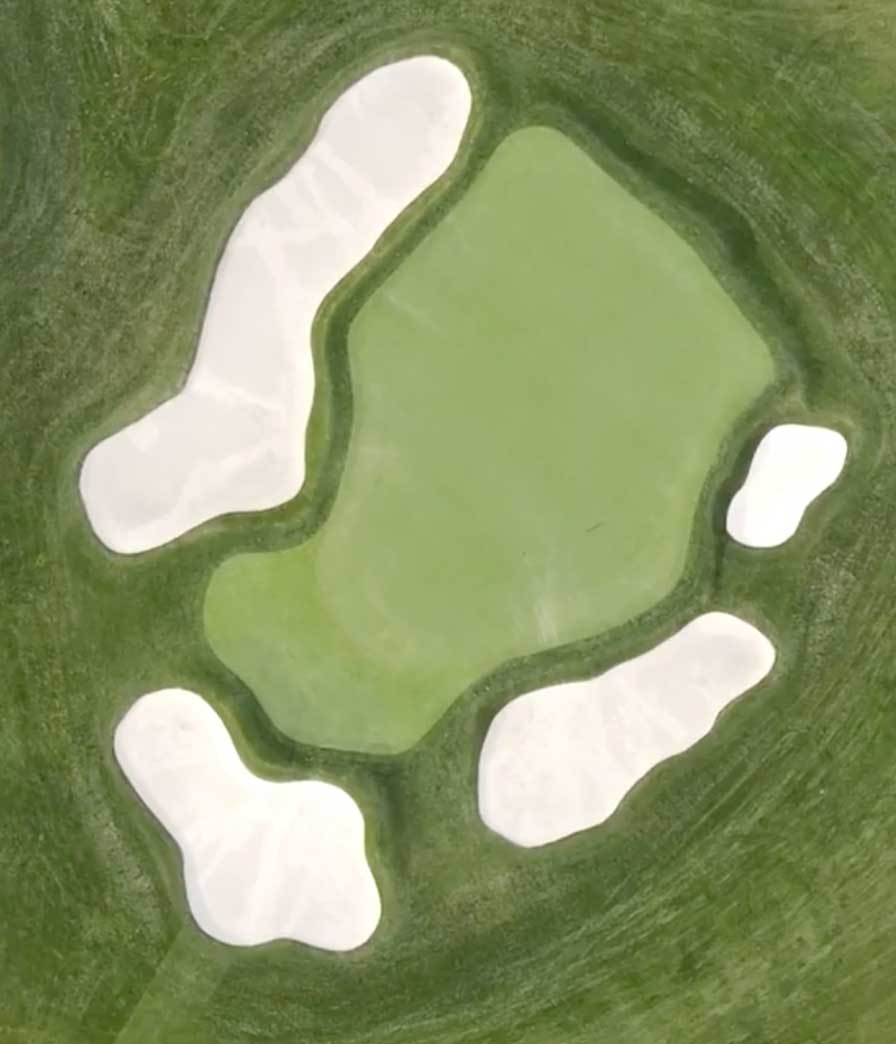
5. Aim for the middle
Watching the best golfers in the world play makes you think they always aim for the pin.
But for the rest of us, aiming at pins often causes us to make bad decisions, and take on low-percentage shots. I often wonder how much better golfers would play if the pin on every hole was placed in the middle of every green.
6. Build around your strengths
It doesn’t take a lot of stats to know which parts of your game are better than others, and which yardages are more comfortable to you than others.
Knowing this information can help you make good decisions as you plod your way around the course.
A good example of this is if you don’t love to hit high pitch shots. Your approach shots should have a very specific goal: To leave your ball in a spot where you can hit a bump and run or putt on your next shot, away from bunkers and other spots that require higher pitch shots.
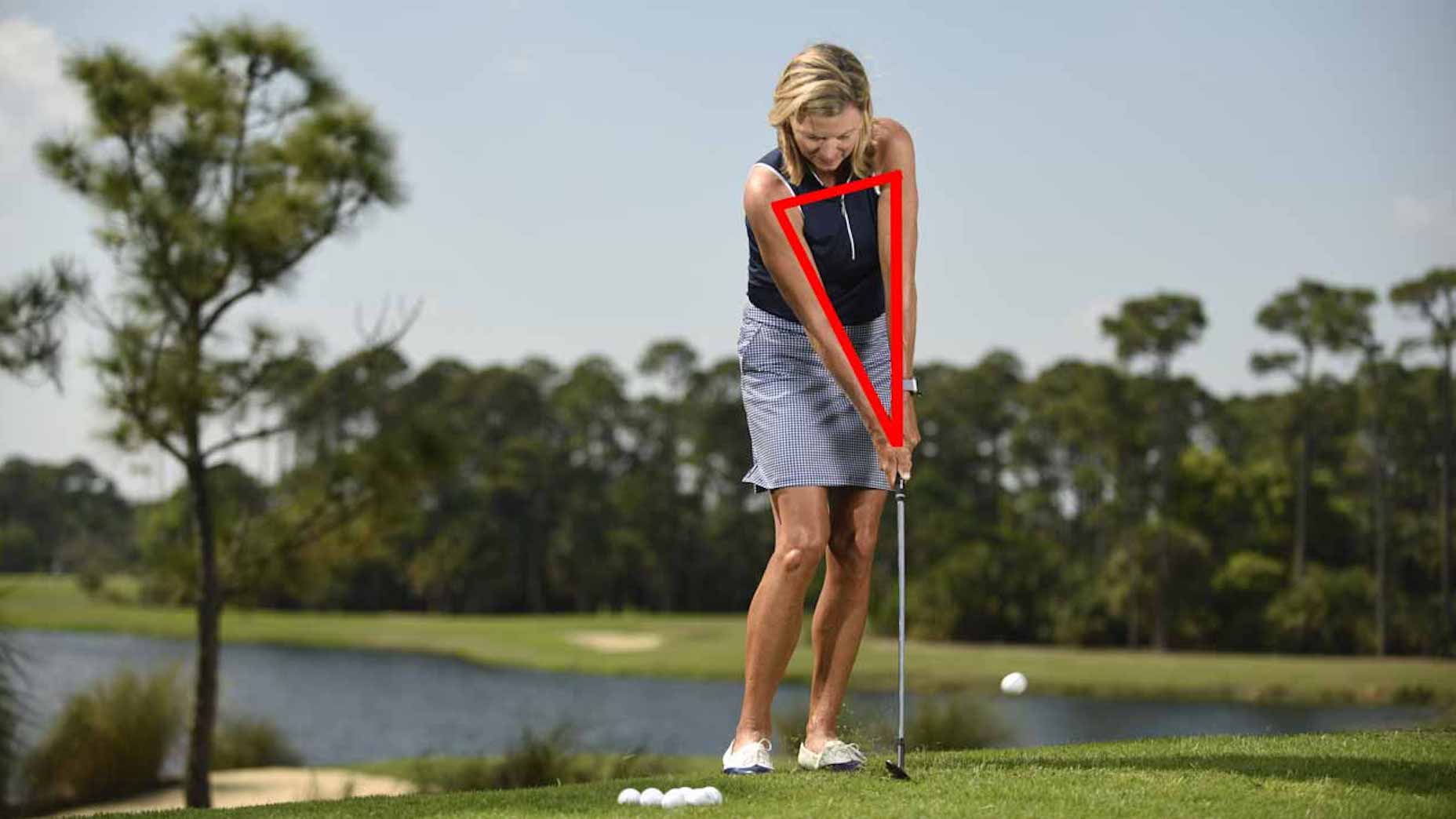
7. Aim your pitches to the largest part of the green
Pitch shots are fun and beautiful when hit properly, but they can be tricky. They require good technique, expert distance control, club selection, and swing size.
Due to the level of exactness required, I have a simple approach for golfers: Aim for the largest part of the green. This unglamorous strategy can lead to hitting the green at a much higher percentage, and avoid blow-up holes.
8. Know where you can’t hit it
There are so many no-go zones on the golf course. Good decision making means knowing this, and avoiding them at all costs. You can learn this over time on the courses you play most often, but before each shot, ask yourself a simple question: Where is the spot where I absolutely cannot hit my ball? Then plan accordingly.
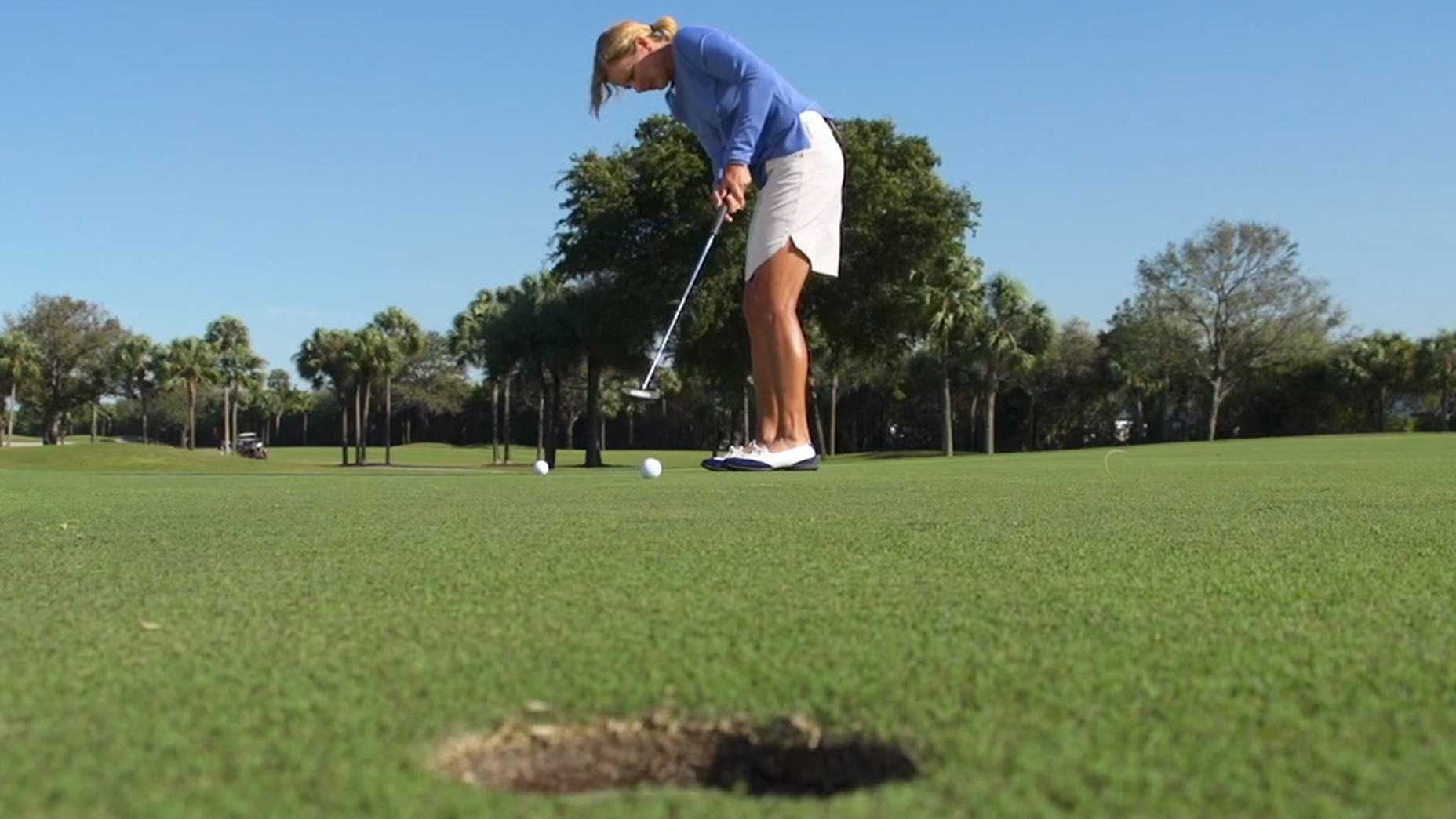
9. Two-putting is always the goal
Controlling distance in putting is a key to lower scores, and often it’s just a part of good decision making.
Speed is king when it comes to putting, which means most first putts should always have the goal of your ball slowing down around the hole. If you do that, the ball has a much better chance of dropping into the hole.
Trying to force the putt to go into the hole can often result in too much speed, and too long a second putt that you end up missing. Protect the two-putt first.
10. Confidence is earned
Building confidence and good momentum is a big part of successful golf. Choosing clubs and shots that you trust can help you do this. If choosing a club that you trust, even if it’s not the right one, can help you make a good swing, have solid confidence, and give you momentum to build upon, then maybe it is the right club. This intangible is extremely important and valuable.




